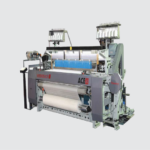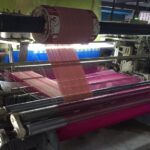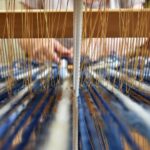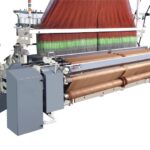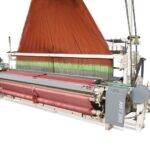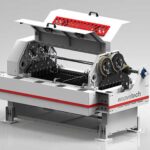What are the 10 Things to Know Before Buying Textile Weaving Machine?
What are the 10 Things to Know Before Buying Textile Weaving Machine?
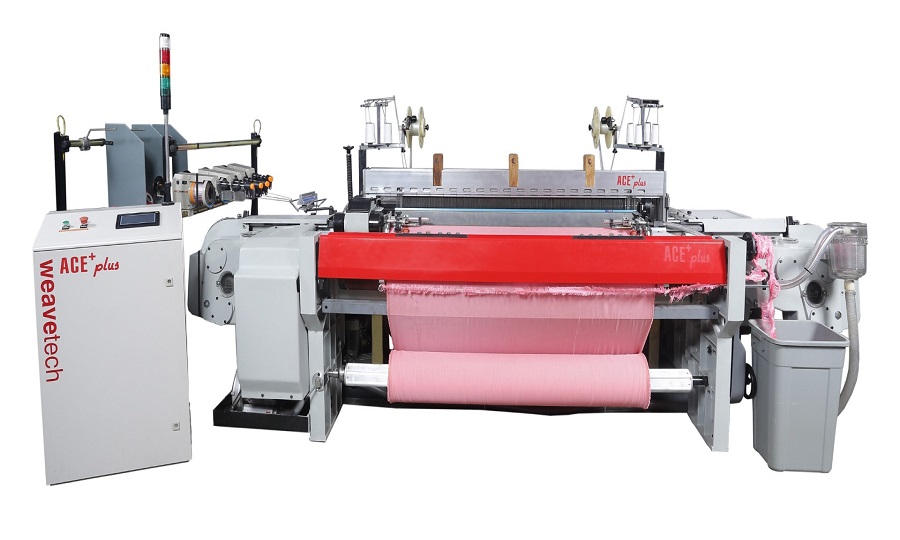
Are you on the hunt for a cutting-edge textile weaving machine in Gujarat? yet finding yourself a bit tangled in the details? Embarking on the journey to acquire a textile loom machine marks a pivotal investment for any business. You can get in touch with Weavetech as we offer quality textile machineries in Gujarat. Navigating this decision necessitates precision, finding the machine that impeccably aligns with your production aspirations and fiscal parameters. In the following article, we’ll delve into the pivotal facets to ponder when stepping into the realm of textile weaving machine procurement. These insights are poised to not only elevate your enterprise but also ensure its flourishing growth.
What is a Textile Weaving Machine?
A textile weaving machine stands as a remarkable contrivance employed in the craft of fabric creation, intertwining two distinct arrays of threads: the warp threads that run lengthwise, and the weft threads that traverse crosswise. The art of weaving entails the graceful passage of the weft thread amidst the warp threads, resulting in the genesis of intricate fabrics. Diverse weaving machines exist, each tailored to specific fabric variations and production velocities, thereby catering to a panorama of weaving possibilities.
The most common types of textile weaving machines include:
A shuttle weaving machine is a mechanical device used in textile production to create woven fabric. It operates by passing a shuttle back and forth through the warp threads to interlace the weft threads and create a woven pattern.
A rapier textile machine is an automated weaving device that uses a rapier-like mechanism to insert the weft yarn through the shed of warp yarn, facilitating faster and more efficient fabric production compared to traditional shuttle-based methods. It’s widely used in modern textile industries for its speed and versatility.
Air-jet looms are advanced weaving machines that propel weft yarns through the warp shed using high-speed jets of compressed air, resulting in rapid and precise fabric weaving. They’re known for their high production rates and suitability for a wide range of fabrics.
Textile loom machines can produce a variety of fabrics like cotton, silk, wool, and synthetics, with technological progress enhancing their speed, efficiency, and output. Hence, selecting the appropriate weaving machine is crucial to match your distinct requirements. Do get in touch with Weavetech as we have everything to offer related textile needs and requirements.
Factors to consider before buying Textile Weaving Machine
Fabric Type: Different weaving machines are designed to handle specific fabric types. Consider the range of fabrics you plan to produce, including their weight, texture, and fiber content. Ensure the machine can accommodate the diversity of materials you intend to work with.
Weave Complexity: Some weaving machines are better suited for intricate patterns and designs, while others excel at producing simpler fabrics. Assess your production needs and select a machine that can achieve the level of complexity your designs demand.
Production Speed: The weaving speed of a machine determines how quickly you can produce fabrics. Evaluate whether the machine’s speed aligns with your desired production output. A higher weaving speed can lead to increased productivity, but it might also impact fabric quality or require more energy.
Energy Efficiency: Look for machines that are energy-efficient to help reduce operational costs and environmental impact. Newer models often incorporate energy-saving technologies that can lead to significant savings over time.
Maintenance and Durability: Maintenance requirements and machine durability are vital considerations. A machine that demands frequent maintenance or has a short lifespan can lead to downtime and increased expenses. Prioritize machines with a reputation for reliability and longevity.
Automation Features: Automation can enhance efficiency by minimizing manual interventions. Some weaving machines offer features like automatic tension control, self-threading mechanisms, and electronic pattern selection. These features can improve overall productivity and reduce the likelihood of errors.
Space and Layout: Assess the available space in your weaving facility. Ensure the dimensions of the machine fit comfortably within your layout without causing congestion or hindering workflow.
Ease of Use: A user-friendly interface and intuitive controls can expedite training for operators and reduce the learning curve. Clear instructions and accessible settings can lead to smoother operations and better utilization of the machine’s capabilities.
Spare Parts and Support: Consider the availability of spare parts and technical support. Reliable customer support and access to spare parts are crucial for minimizing downtime in case of breakdowns or repairs.
Budget and ROI: Weaving machines come in various price ranges, and the cost should align with your budget. However, also consider the potential return on investment. A more expensive machine with higher productivity and advanced features could lead to greater long-term gains.
Discover the Future of Textile Production with Weavetech. Explore our wide range of cutting-edge textile machinery in Gujarat, including Air Jet Looms, Bullet Looms, Shuttle Weaving Machines, and more. Elevate your fabric production capabilities and efficiency today. Contact us for a personalized consultation and take a step towards revolutionizing your weaving operations.

